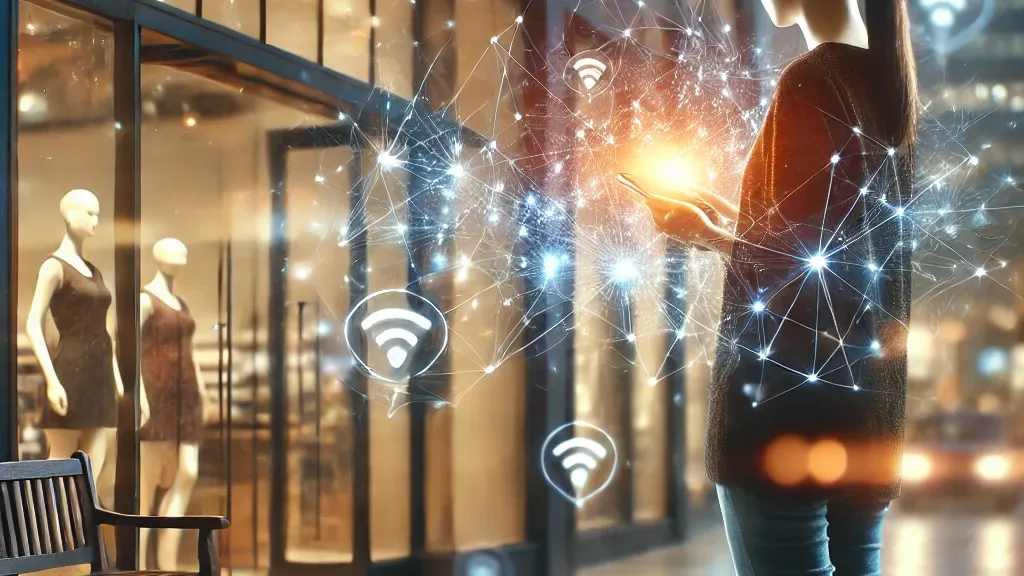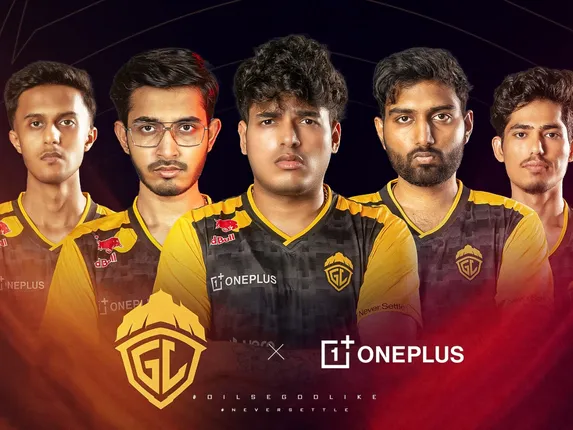Table of Contents
Introduction
You probably won’t see self-driving cars that need zero human assistance the near future. What you will get, however, is a lot of electric cars with 5G connectivity. Vehicles that can sense its environment and connect to cloud services are no longer the stuff of science fiction – in fact, they’re spreading like wildfire.
This naturally enables new business models in the automotive industry. Services that keep drivers in tune with the road and traffic conditions, provide superior infotainment and security options can greatly reduce the number of accidents and traffic jams.
Perhaps, you’re already inspired to rush to a custom connected cars services company to build the next big thing in the automotive field. Or maybe you’re just interested in the cool stuff connected tech can do.
Whichever one applies to you, this article should give you a good idea of where things are at the moment.
What are connected vehicles?
Connected vehicles can exchange data with devices over wireless networks, including other cars, smartphones, parts of the city infrastructure, and so on. They connect to the internet as well, usually via WLAN (Wireless Local Area Network) or Wi-Fi.
This makes connected cars a valuable part of the ever-expanding IoT. But how do these features benefit Automotive? And what are the challenges not helping the technology reach its full potential?
Let’s find out.
What are the benefits of vehicle connectivity?
Traffic management
Signal phase and timing data lets connected vehicles analyse and predict traffic patterns. This helps drivers plan routes more efficiently, consume less fuel, and increase road safety.
The tech is adopted on a federal level, too. The number of IoT sensors along highways and in CCTVs is steadily increasing. They’re used to locate parts of the road that have a high risk of congestion and help prevent traffic jams.
Predictive maintenance
Connected vehicles are equipped with hundreds of sensors that collect and analyse data about their condition. They immediately inform drivers about possible issues and recommend preventive measures or checkups depending on the issue.
This can help consumers save money on costly repairs, as well as help cat dealerships and mechanics optimise their processes. The latter is possible with smart vehicles’ ability to contact repair salons when something in the car breaks down.
For example, a repair shop can get a notification that a client is going to arrive in ten minutes with a faulty engine. So, they can prepare the exact tools they need in advance and get to fixing the vehicle right away.
Advanced infotainment
In-vehicle infotainment has some very useful perks: voice-controlled navigation, texting, calls, and so on. With the help of connective technology, these systems can tune into:
Spotify, Audible, Pandora, Netflix, Amazon, and many other media streaming services.
They can also directly connect to the driver’s smartphone or tablet with Android Auto, Samsung’s Exynos Auto, and Apple CarPlay. Really, the possibilities for media broadcasting with in-vehicle systems are pretty much endless.
Over-the-air updates
Just years ago, the only way to upgrade cars was by going to the mechanic or to the factory line. That was costly for the manufacturer and anything but consumer-friendly. But now, thanks to IoT, all of the vehicle’s software components can be updated remotely.
These updates can run pretty deep. For example, Tesla’s OTAs have improved its battery performance and suspension lifts. This ability to modify the car’s software opens the door for paid services, such as temporary subscriptions to, say, Audible, or advanced features that not every driver may need.
Easy parking
Let’s be honest: nobody enjoys parking. Thankfully, that task is a lot less bothersome with IoT. Smart parking is now a standard part of connected vehicles, and is estimated to be valued at over 16 million dollars by 2028.
What it does is gather data from around the vehicle, analyse it, and make parking completely automatic – or at least alert the driver when they are getting too close to a wall or another vehicle. GPS and cloud technology can also be used to locate parking spots, cutting down on the emissions, energy, and time wasted on looking for one.
What are the challenges connected cars must overcome?
Connection issues
The biggest problem of connective services lies in their biggest strength – connection. Of course, some of the technologies are fully automated, such as blind spot monitoring and automatic emergency brakes. But getting data from other vehicles isn’t very reliable at the moment, as neither 5G nor WiFi connectivity are standardised across the board.
Another obvious problem is driving in no-signal zones. While the car will still function like any other non-connective vehicle, some services may become unavailable. This includes those that help point the driver to the nearest repair shop or gas station.
Data security
The automotive sector is rife with privacy concerns. When a consumer buys a smart car, they are entrusting the automaker with gigabytes of personal data, which in some cases includes things like driver monitoring cameras. Of course, the thought of leaks or hackers getting hold of it is terrifying.
That said, OEMs have been ramping up their data protection standards every year. Today’s systems are designed to give consumers maximum control over their personal information, as well as necessitate big fines for companies that neglect these regulations.
Different operating systems
Most OEMs are still very unwilling to share their software systems with outsiders. Volkswagen, Toyota, and Mercedes-Benz have all been eager to create their own ultimate operating system, one to surpass everyone else on the connected car market.
That wouldn’t be that big a deal if it weren’t for the risk of connectivity issues. Cloud infotainment services may integrate differently with different car brands, and the vehicles themselves may not be able to exchange data with each other as well as they could have otherwise.
A unification of these different OS’ protocols will be crucial in the near future.
Conclusion
While there are still a number of problems that need to be addressed, the advantages of IoT connectivity in vehicles are hard to overlook. Better network technologies, optimised systems, and stronger data safety algorithms will pave the way for a new age in car connectivity.
All this means more lucrative opportunities for manufacturers and service providers, as well as more safe and comfortable experiences for the customers. The future is right around the corner!












